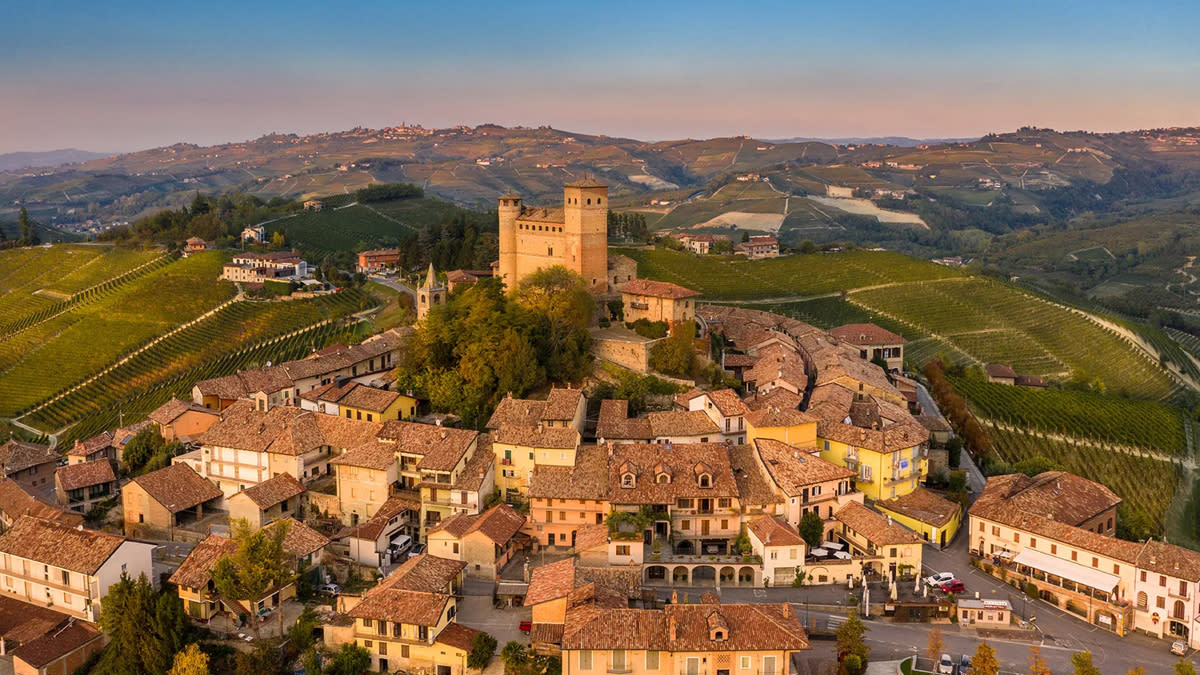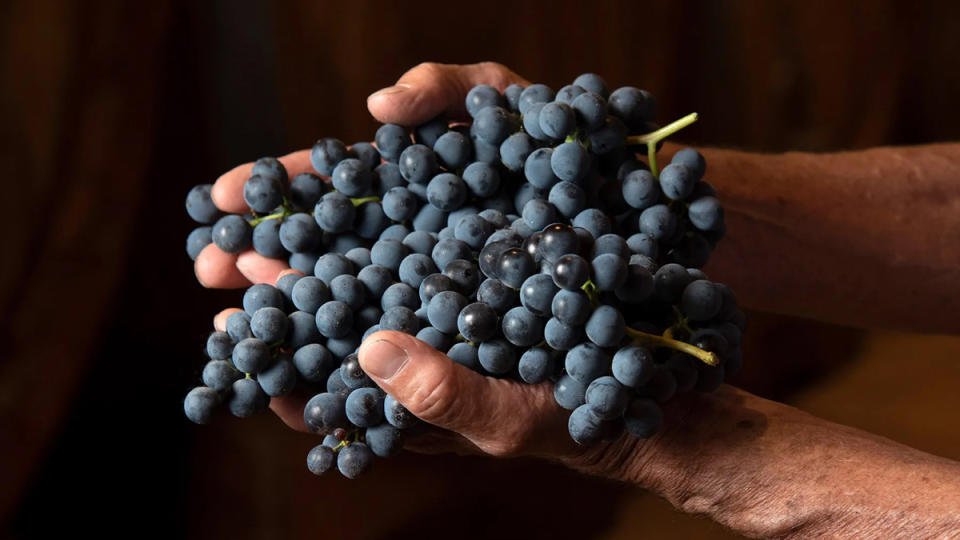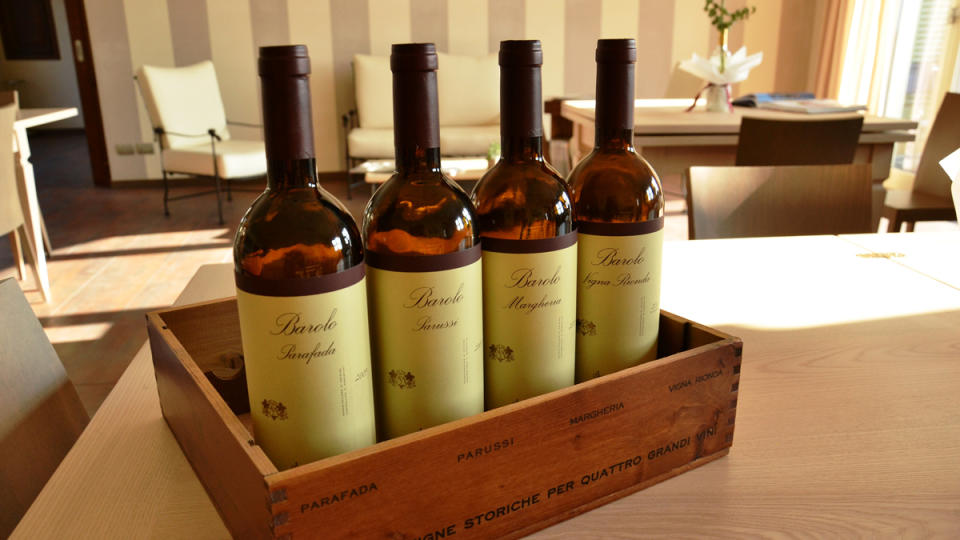This Winery’s Trio of New Wines Offers a Tour of Barolo’s Famed Terroir

Established in Serralunga d’Alba in 1896, Massolino’s history is deeply entwined with that of the Barolo region. It is said that founder Giovanni Massolino was the first to bring electricity to Serralunga, and his son Giuseppe, who extended the family’s vineyard holdings, was one of the architects of what is known today as the Consorzio di Tutela del Barolo e Barbaresco. With vineyards in five different Barolo MGAs (Menzione Geografica Aggiuntiva, also referred to informally as crus), the Massolino 2019 Barolos shine a light on the range of expressions available throughout the region.
The 2019 growing season featured a warm, dry spring followed by a rainy and relatively cool summer. A delayed onset spring, heat spike to 104° F in June, and hailstorm in early September could have individually or collectively destroyed or diminished the entire crop. However, the hail nets at Massolino did their job, and that weather event was followed by several weeks of sunny days and cool nights, providing what fourth generation winemaker Franco Massolino describes as a classic vintage, “providing the wines with good structure and excellent aging potential.”
More from Robb Report
We Went Truffle Hunting in Italy With Chef Nancy Silverton. Here's What Happened.
This Historic $26 Million Italian Villa Was Converted Into a Luxurious Ski Chalet
In addition to a Barolo produced using grapes from five different family vineyards around Serralunga d’Alba as well as from a plot in Castiglione Falletto, Massolino also makes single MGA Barolos from the Vigna Rionda, Albesani, Margheria, Parafada, and Parussi MGAs. The first of the 2019 Massolino Barolos are hitting our shores now, and a preview tasting was the perfect way to explore the diversity that the region has to offer.

Though all Barolos are made with 100 percent Nebbiolo, not all are created equal. Often considered Italy’s “answer” to Pinot Noir (as if one is needed), Nebbiolo is at its best when produced in an elegant and restrained style that showcases its terroir and the season rather than the hand of the winemaker. With that in mind, Massolino Barolo is aged in large Slavonian oak casks for 30 months; larger barrels minimize contact with wood and provide for a softer oak profile, while wood from Slavonia in northeastern Croatia is said to impart more subtle flavors and tannins to the wine, allowing the fruit flavors to shine.
Massolino 2019 Barolo has polished tannins, flavors of pomegranate, Mission fig, caramel, milk chocolate, and rose petal flavors with a smooth cocoa powder and Turkish delight finish. The three available single MGA wines, each with a suggested price of $114, are Margheria, Parafada, and Parussi (Vigna Rionda and Albesani will follow). Margheria and Parafada are in the Serralunga d’Alba subzone, while Parussi hails from the area around Monforte d’Alba.
With an average vineyard altitude of 920 feet and limestone and sandy soils, Margheria is known for a light, perfumed style of Barolo. Massolino 2019 Barolo Margheria has aromas of cassis, menthol and violet. It is fresh at first sip and its elegant tannins encase pomegranate, cranberry, vanilla bean, and eucalyptus flavors. The vivid finish offers a lingering note of butterscotch.

Massolino 2019 Barolo Parafada comes from a vineyard at 1,050 feet whose marly limestone soils are compact and not at all fertile; struggling for water and nutrients produces more flavorful grapes. It is deep ruby red in the glass and has a nose of cherry, raspberry, eucalyptus and violet. Cherry and raspberry continue on the palate and are joined by polished tannins and soft notes of baking spices and rose water that linger.
Massolino 2019 Barolo Parussi began life in a more fertile vineyard that has clay embedded in its limestone soil; it is 870 feet above sea level. Vivid spice and leather notes liven up its soft fruit bouquet. Red plum, red currant, cedar chest, vanilla, and cherry pipe tobacco flavors are wrapped in a layer of elegant tannins that endure on the palate long after the last sip.
While these are all drinking beautifully now, Franco Massolino believes that—although individual preferences vary—these “will start to show a large part of their potential starting from when they are 10 years old,” and that they will increase in complexity for a long time. Bottle aging will soften the fruit and bring out more complex notes of tobacco and spice, making these the ideal companion for pasta, risotto, or white meat topped with freshly shaved truffles.
Culinary Masters 2024
Don’t miss the food event of the year. Register for Robb Report’s Culinary Masters now. Or, for more information on Robb Report experiences, visit RR1.
Best of Robb Report
Why a Heritage Turkey Is the Best Thanksgiving Bird—and How to Get One
The 10 Best Wines to Pair With Steak, From Cabernet to Malbec
Sign up for Robb Report's Newsletter. For the latest news, follow us on Facebook, Twitter, and Instagram.


